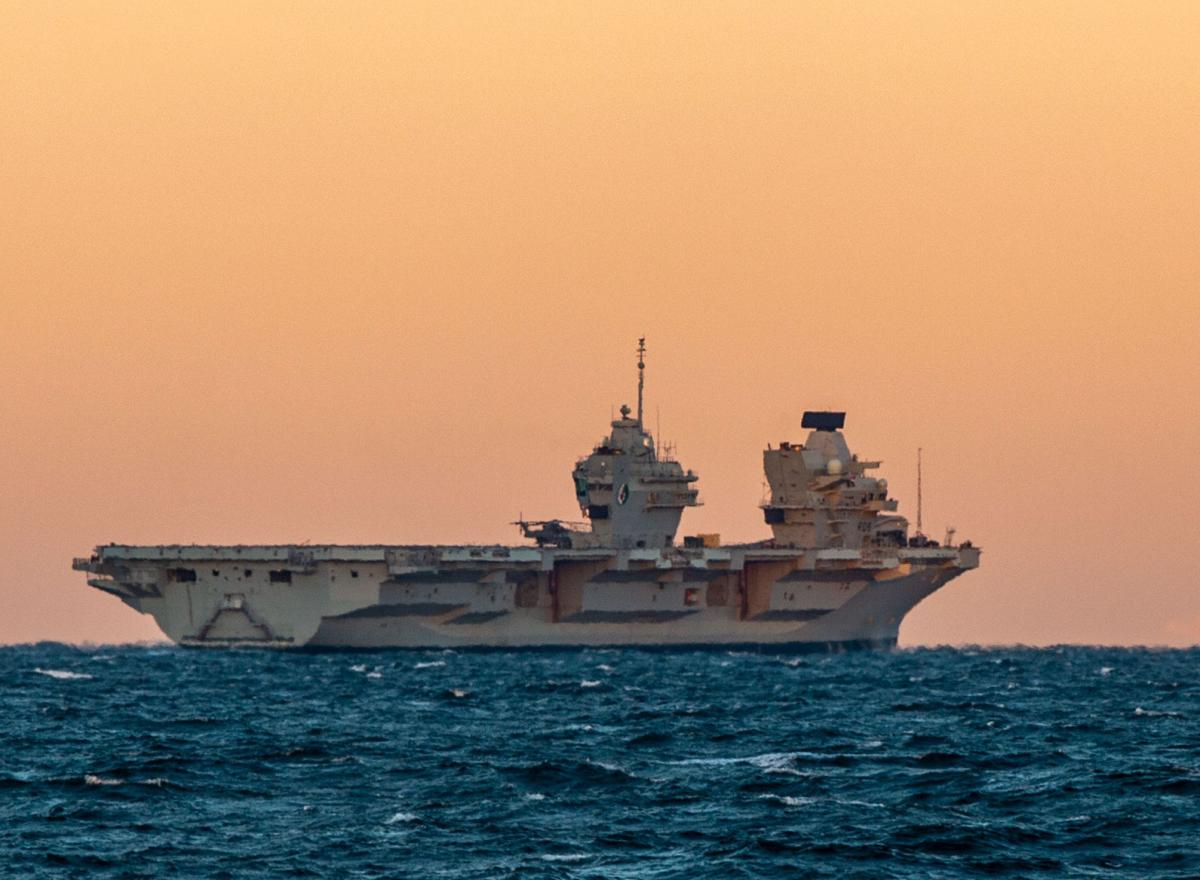From 2020, but still a 'hot topic' apparently

Who Dares Whines: Furious 'Walter Mitty' spat between former comrades wrecks 40th anniversary of the SAS's stunning Iran embassy rescue
- Rusty Firmin and Robin Horsfall among SAS who took part in rescue in London
- Firmin has suggested fighting was finished when Horsfall entered the embassy
- He also claimed Horsfall's role was to ‘evacuate hostages’ rather than take on heavily armed terrorists
They joined forces in 1980 as members of the masked, black-clad SAS squad that stormed
London’s Iranian Embassy in a jaw-dropping display of British courage.
The nation watched mesmerised as Rusty Firmin and Robin Horsfall, alongside their fearless Special Forces colleagues, set off explosives, burst through windows and shot dead hostage-holding terrorists in a hail of sub-machinegun bullets.
The terrifying operation, seen by a spellbound audience of millions on live television on a May Bank Holiday evening, made the SAS what they remain today – the world’s most celebrated military unit.
Fame, if not fortune, followed. Firmin and Horsfall published memoirs recalling their heroics amid the clouds of CS gas, while celebrated actor Jamie Bell played Firmin in the 2015 feature film Six Days which retold the story of the famous siege.
But now, just weeks before the 40th anniversary of that era-defining mission, a bitter dispute between Firmin and Horsfall has shocked the SAS community.
It is usually considered sacrilege for soldiers to accuse each other of being a Walter Mitty – someone who exaggerates their role to the detriment of others. Yet Firmin has done just that.
In a furious and widely shared online post, Firmin suggested the fighting was finished when Horsfall entered the embassy and that his role was to ‘evacuate hostages’ rather than take on the heavily armed and deadly terrorists.
Firmin said: ‘[Horsfall] was a reserve team member during the siege and came in the rear entrance AFTER the assault. The only Robin that seen [sic] genuine action that day was the one nesting under the balcony of the embassy.
‘I’ve never responded because I pitied him.
‘I found myself crossing paths with [Horsfall] not so long ago so this is why it is all coming to a head, because he needs to be confronted and questions need to be answered.’
For his part, Horsfall has nicknamed Firmin ‘Vermin’ and posted cartoons on Facebook depicting himself in a hammock and peacefully reading a book as Firmin, drawn as a baby sitting in a pram, throws toys, milk bottles and a dummy while shouting obscenities.
According to SAS insiders, the spat between the veterans is spoiling preparations for the 40th anniversary of the embassy siege, due to be marked in the regiment’s home city of Hereford in early May.
As one said last night: ‘This is getting very, very bitter. They’re both easily narked and age hasn’t mellowed them when it comes to their feelings towards each other.’
The acrimonious dispute also centres on the claim by both soldiers to have shot the same Arab terrorist during the siege. In his book, Firmin says that he killed ‘Faisal’, the second-in-command of the six-man terrorist group on the embassy stairs, and that moments later two other SAS men fired into his corpse ‘to make sure’ he was dead.
He wrote: ‘I saw he [Faisal] was holding a grenade. I fired two bursts into his centre of mass at point-blank range. He fell to the bottom of the stairs like a sack of potatoes and lay there as two more members of the team fired into him to make sure.’
But in his book, Horsfall says: ‘A terrorist stumbled around the corner of the stairwell and down the last few steps. It was Faisal and he held a grenade in his right hand. Without hesitation, I fired one short burst of three rounds at his chest. A soldier inches from him also opened fire. Faisal slumped to the floor like a bag of rags and died.’
The terrorists from the Arabistan People’s Political Organisation had taken over the embassy on April 30, demanding the release of political prisoners in Tehran.
Their hostages included embassy staff, policeman Trevor Lock and a BBC sound recordist.
The troops from the SAS’s B Squadron went in after the terrorists dumped the dead body of one hostage outside the embassy.
Firmin, now 70, is known in SAS circles as ‘No Gloves’ as he forgot to wear those issued for the operation. Horsfall, now 62, later became Dodi Fayed’s bodyguard before opening his own martial arts school.
Last night, Mr Firmin said: ‘I was the team leader, I know who was where. The reserve team, including Horsfall, had not been sent in when I shot Faisal.’ But Mr Horsfall said: ‘The forensic reports prove I also shot Faisal. I’m trying to ignore Firmin’s sad drivel about me.’
SAS comrades in 1980 Iranian embassy siege engage in furious spat





